By combining several basic raw materials, high-quality calcium-silicate glass fibre porous material is produced, with excellent sorption and desorption quality, able to handle the high demands on safety and environmental protection. This highly porous material is capable of absorbing acetylene even without the presence of any solvent.
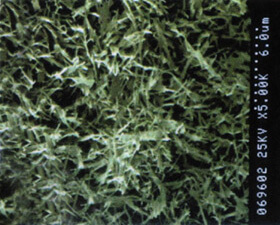
In the picture at 5,000 magnification, we clearly see the high porosity of the crystalline structure of calcium silicates.
Any minor change in the composition or production technology of this process can cause a significant change in the properties of the material. Our entire production is therefore fully automatical. At each step, processes are operated and controlled, and each cylinder is monitored on its way through the production line by our database system that closely monitors compliance with ISO 9001 quality.
The porous mass is certified by TÜV SÜD.
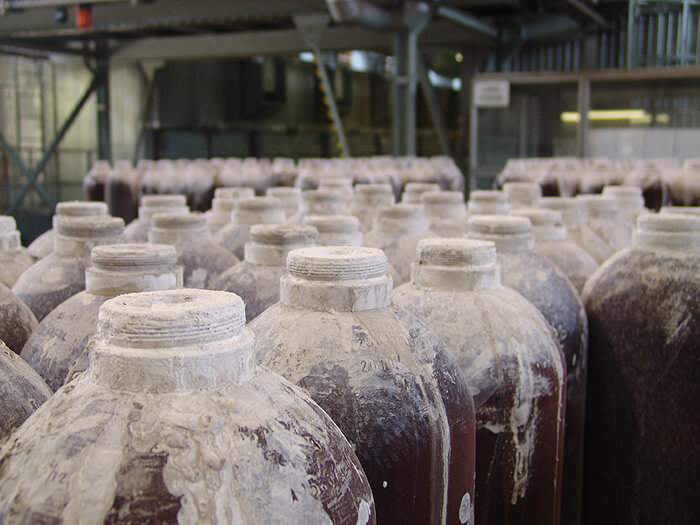
Mixing
The process starts in the silica sand and lime mixing tanks. Automatic dosing of material to the mixing device ensures accurate raw material ratio and high-quality final product. Glass fibres are added in the specified ratio. For the perfect quality durability, we use demineralised water produced from our own DEMI station.
Drying process
The prepared mixed slurry is exclusively filled into cylinders supplied by Cylinders Holding, these are then moved to modern curing furnaces. Inside the furnace takes place drying and hardening of the material according to the set optimal temperature curves. Accurate adherence to temperature modes is very important for the quality of sorption porous material, so all furnaces are fully automatic.
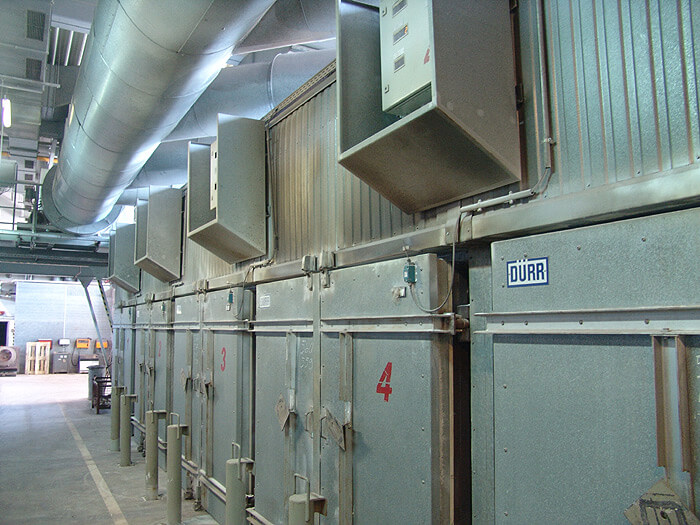
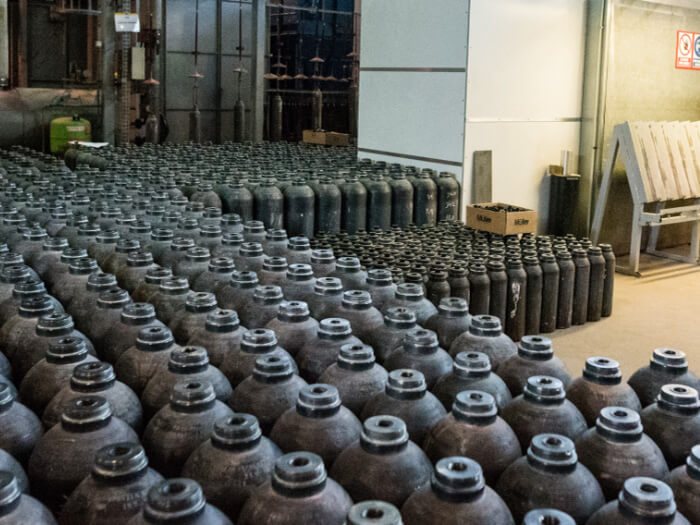
Quality control
After drying and hardening process of the porous material, the cylinders are controled according to the quality prescribed parameters.
Surface finish
After thorough blasting of the cylinder surface we apply electrostatic painting of water or powder paint.
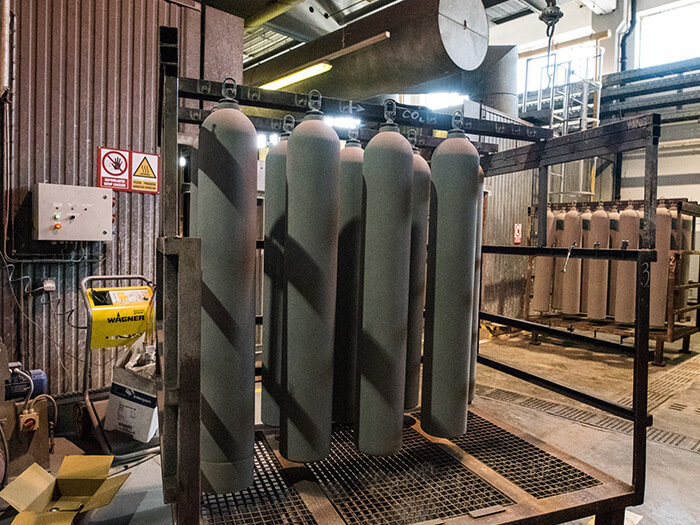
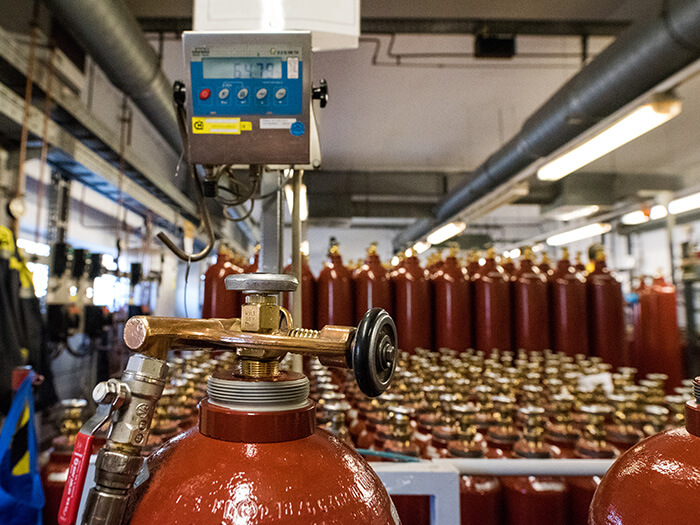
Solvent filling
The cylinders with porous material are filled with solvent for UL1 material with acetone and for UL2 material with DMF (Dimethylformamide)


